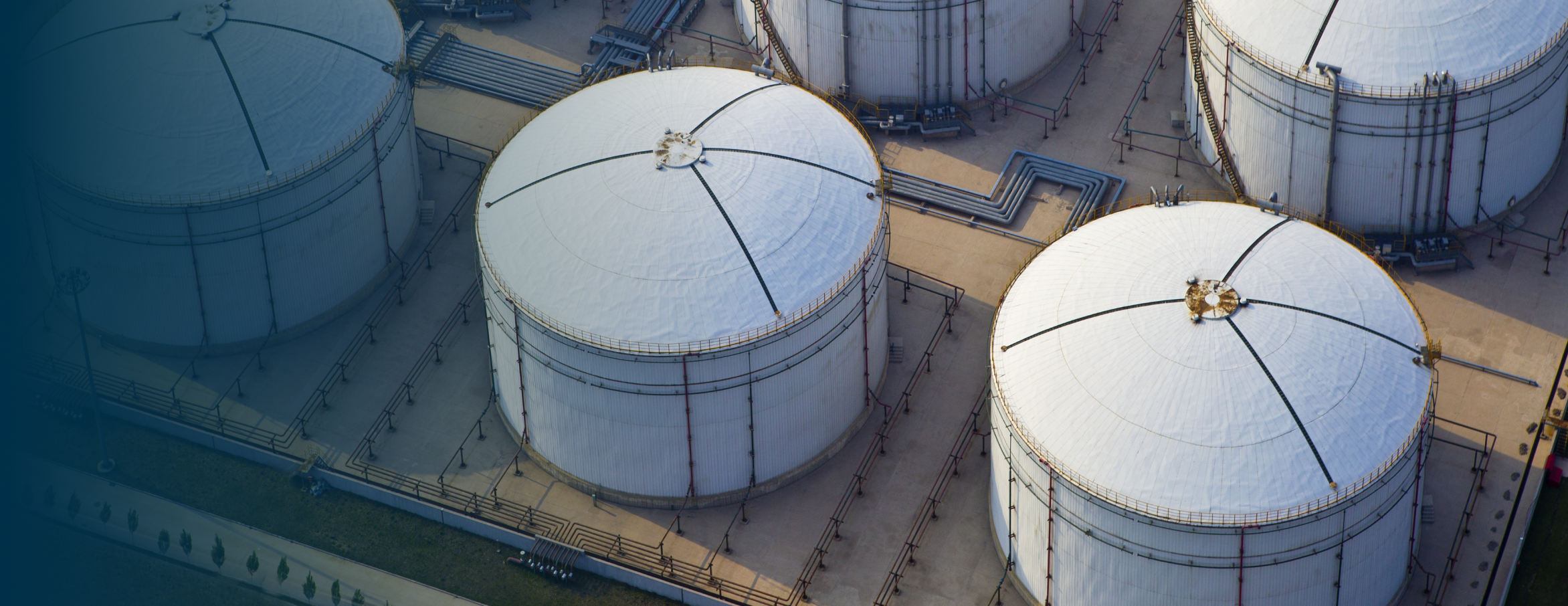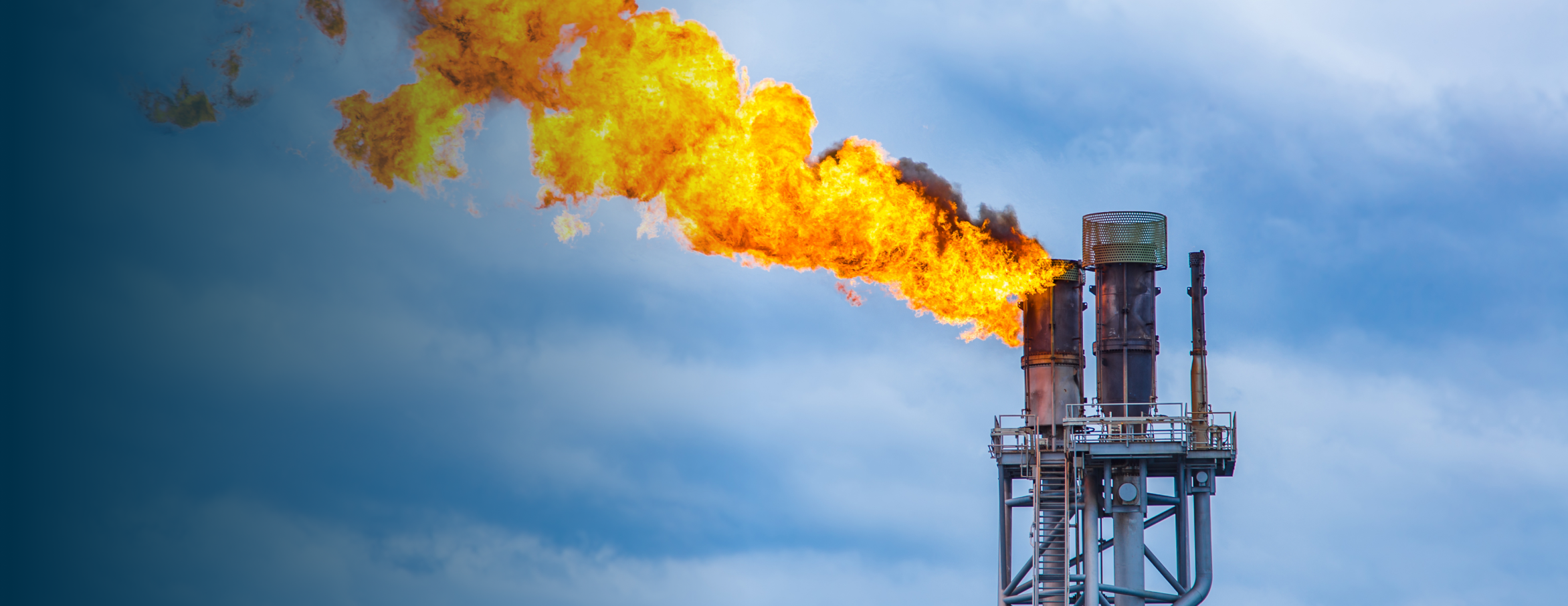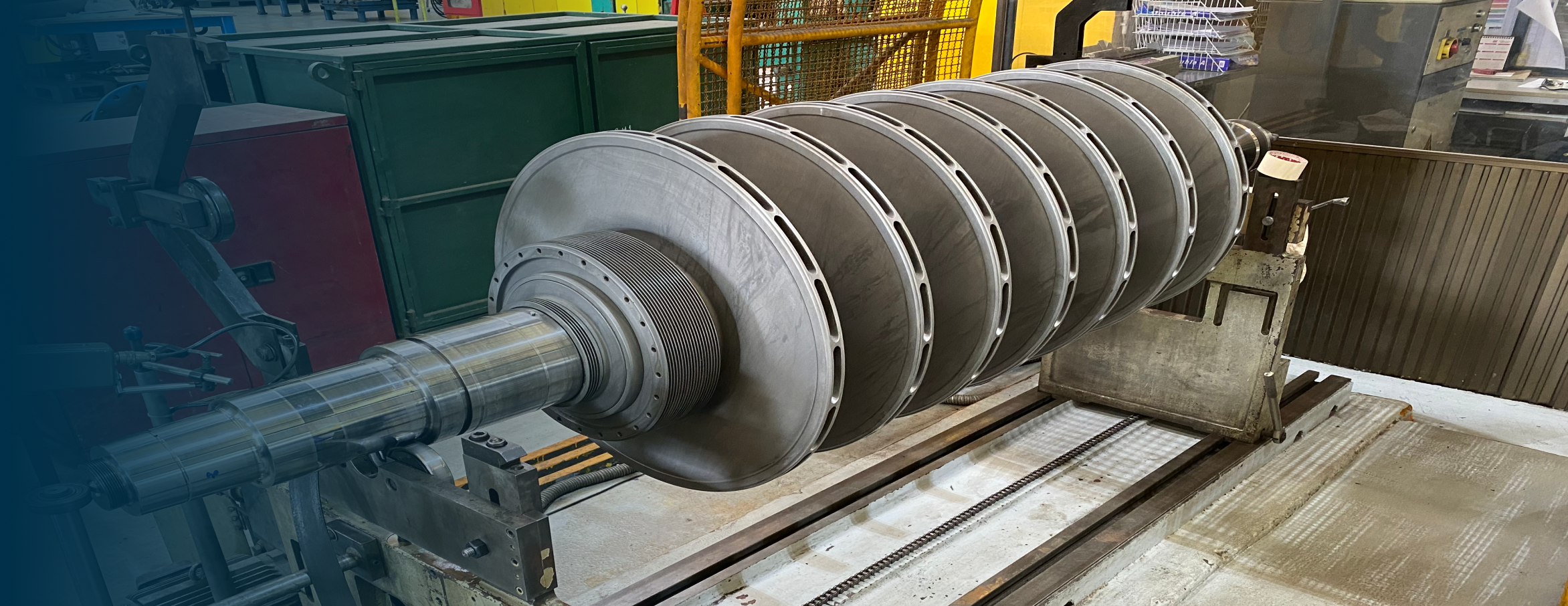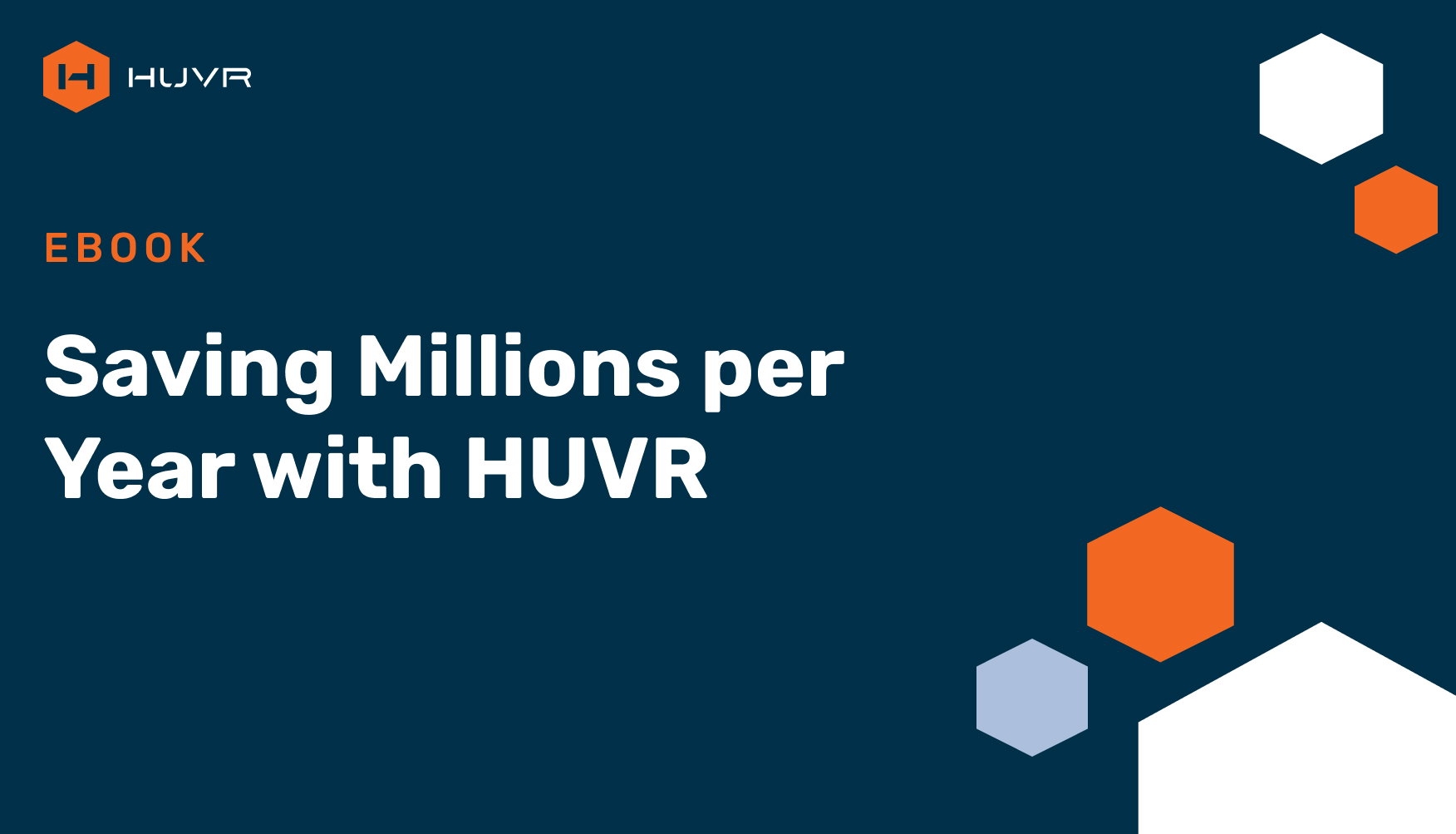Height and heat add risk to Flare stack inspection
Flare stacks are complex vertical assets; inspecting them requires critical safety planning—in advance—due to the height and potential residual heat. Drones are commonly used to collect the required visual imagery to mitigate these risks and significantly reduce cost. However, drone inspections can generate hundreds of images as well as massive video files that can become isolated from eventual reporting. Efficiently managing these inspections safely, while handling the potentially vast amount of image data, is a challenge requiring significant resources, necessitating completing tasks such as:- Standardizing workflows and communicating the scope of work to be performed by both internal crews and subcontractors, including addressing the safety risks
- Capturing and collating data from multiple sources, including drone derived imagery and videos, digital inspection tools and checklists
- Uploading and categorizing potentially vast quantities of visual imagery and videos, and storing them for easy access
- Ensuring regulatory compliance requirements are met with the proper documentation, created and stored for future reference
Drone-based inspections reduce time, cost and risk
HUVR’s vendor-agnostic platform allows the ingestion of any data from any source, in any format. Information stored on a single, secure repository delivers the critical link between the data and the asset itself, ensuring vital information does not become stranded or overlooked. Images can be annotated, videos hosted and reports automatically generated, all within the HUVR platform. In combination with a powerful analytics dashboard, this facilitates timely decision making, ensuring regulatory compliance and enabling ESG strategy success.- Implement and roll out your custom workflow digitally through the HUVR system in days
- Assign internal crews and/or external subcontractors to specific workflows with a defined scope of work, leveraging advanced technologies to improve safety
- Integrate and consolidate data from any digital inspection tool, including drone-based visual and thermal cameras, linked to the specific inspection and asset
- Upload, annotate, categorize and communicate drone-based imagery and videos, stored, and accessible for immediate review on a single platform
- Generate focused reports automatically for both QA/QC analysis and regulatory reporting






